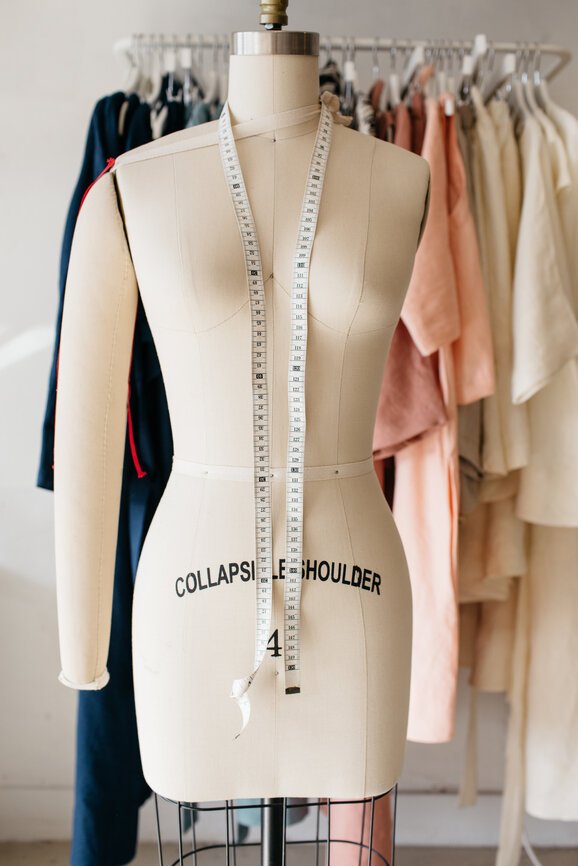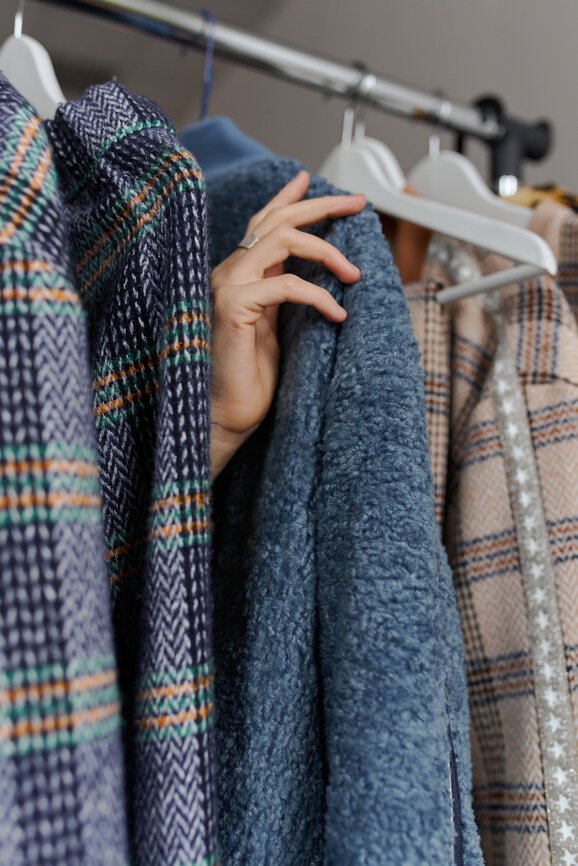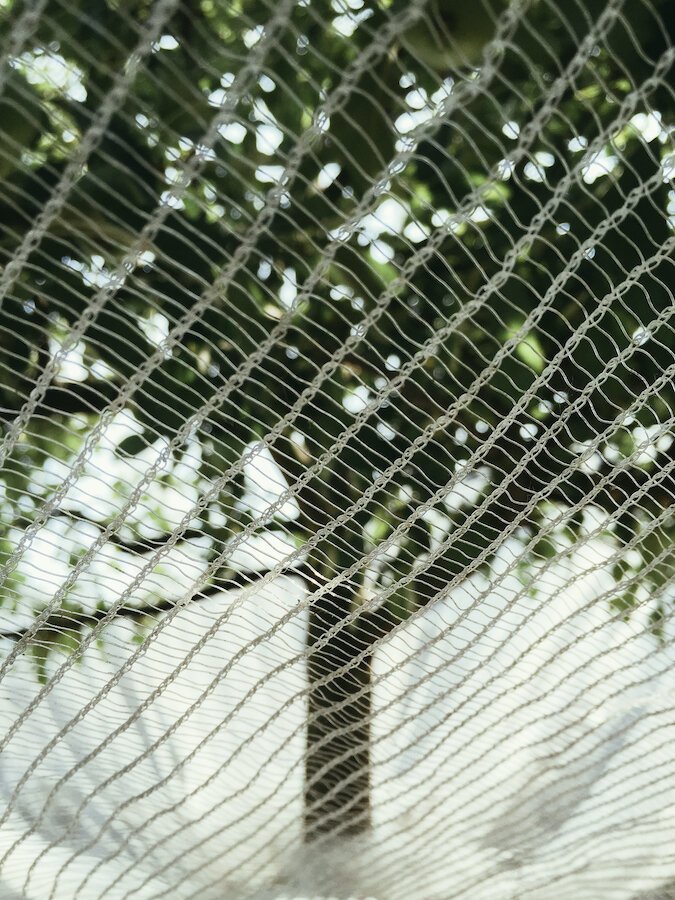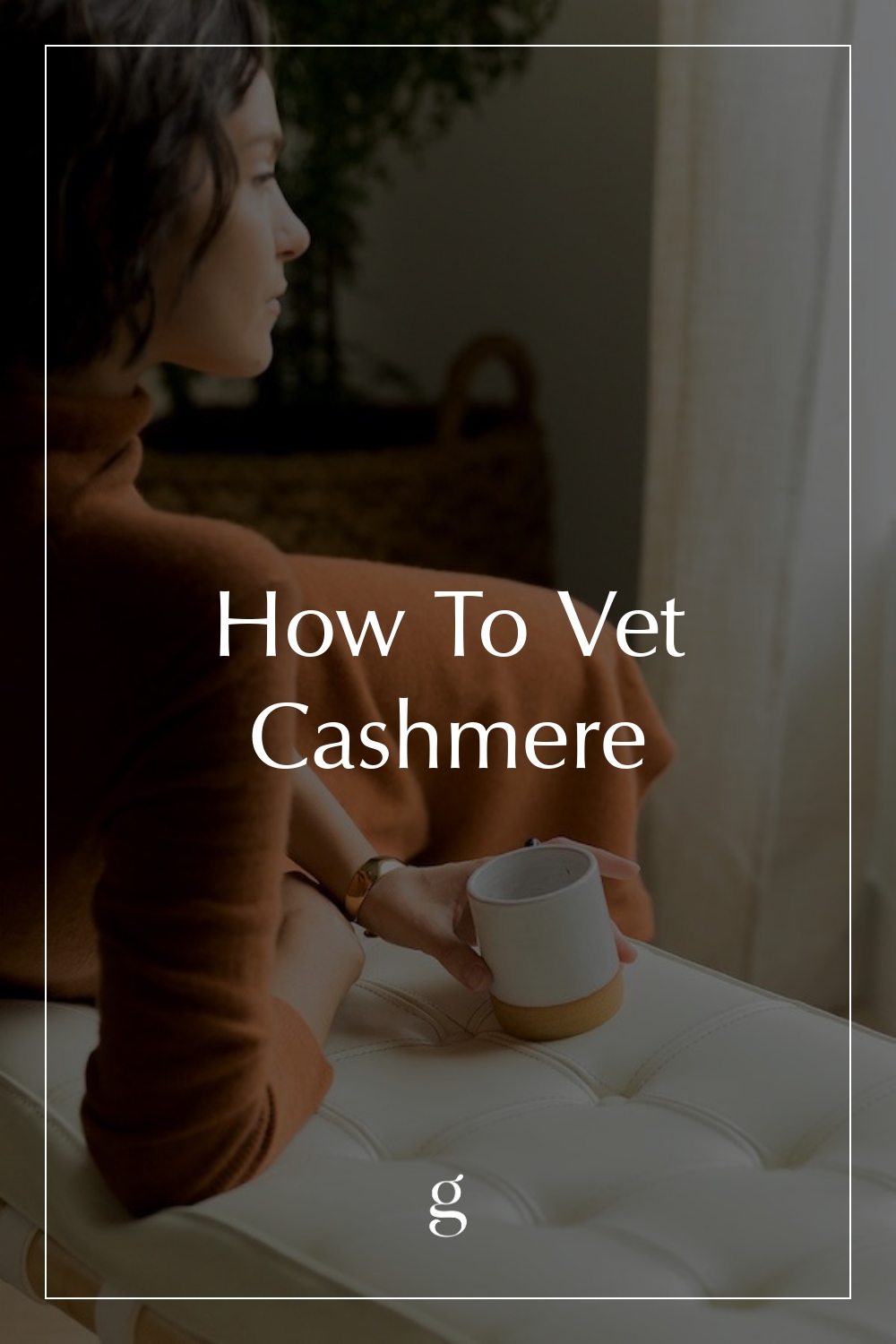
How To Vet Cashmere
Does Ethical Cashmere Exist?
Cashmere is a luxurious type of wool that has been loved around the world for centuries. This natural material has recently become democratized and become more readily available to everyday consumers, in sustainable and fast fashion spaces. It seems everyone is adding cashmere to their collections.
But what exactly is cashmere, and what gives it that irresistible appeal? More importantly, is it possible to buy sustainable and ethical variation?
What Is Cashmere?
Cashmere comes from Capra Hircus goats, which have two layers: a thick and wiry outer layer and a fine under layer. The name “cashmere” is anglicized after Kashmir, India, the region that first produced the luxury fiber. Today, cashmere comes from all over the world, including Central Asia, Europe, Australia, New Zealand, and even in the United States. But the best conditions for farmers and producers sourcing high-quality cashmere remain in the Himalayas. Freezing temperatures help the animals produce thicker coats, which is why cashmere goats often live in Mongolia and China’s highlands.
“Combing, if done correctly, shouldn’t be painful for the animal.”
Because cashmere goats can only produce a marginal amount of fiber annually, they are combed or sheared just once a year. The material gets its high price tag from the complex and laborious production process.
Depending on the goats’ living environment, cashmere results in three grade qualities: A, B, and C. The thinner and longer the cashmere fibers (grade A), the higher the quality, because more delicate hairs enable a softer, more lightweight, and luxurious end product. This ultra-fine raw material needs to be handled with the utmost care during the production process so these delicate hairs aren’t damaged.
Combing takes more time, and human labor guarantees less “guard hairs,” or coarse hair that protects the soft wool. This process, if done correctly, shouldn’t be painful for the animal.
The Environmental and Ethical Impact
Over the years, notoriously exclusive cashmere has become accessible to many, due to its lower cost and increased production rate. It’s wonderful to share the beauty of the unique material, but with widespread production comes widespread problems.
Similar to fast fashion, when demand becomes higher, suppliers and producers push the limits of their supply chains to meet that demand. Garments are made cheaper and quicker, lowering the quality and inevitably cutting corners along the way.
“With more pressure for higher volumes of cashmere and a lack of industry regulations, ethics become tricky.”
Although not an inherently exploitative process, cashmere production often involves less technology and streamlined information as it tends to be a nomadic trade. Not to mention, without industry standards, human labor is easily exploited. Without brands communicating directly with each person along the supply chain, there is little transparency.
The increase in goats being bred and bought also leads to soil depletion and desertification in Mongolia. Goats eat by pulling plants and grass up from their roots, and their sharp hooves often break topsoil. With more pressure for higher volumes of cashmere and a lack of industry regulations, ethics become tricky.
This lack of transparency and legislation greatly concerns animal rights activists who worry that cruelty is going on behind the scenes. There are concerns about the animals’ wellbeing and even hypothermia post-shearing for goats in colder regions—though many small farmers will make adjustments to keep their goats warm and safe.
How to Vet Responsible Cashmere
Despite all the above, brands are seeking to find solutions, and we’re beginning to see an increase in companies willing to share how and where their cashmere is made.
For example, small business Le Kasha uses organic farming and low-impact grazing practices. And Riley Studio utilizes post-consumer cashmere in order to entirely avoid unethical practices along the supply chain.
Here are a few additional ways to vet responsible cashmere:
-
Check the brand for sustainability and ethics certifications. A few to watch for include: Fair Trade, The Good Cashmere Standard from Aid by Trade Foundation, and OEKO-TEX®’s Certificate of Standard 100. These certifications guarantee a degree of regulation throughout the cashmere production process.
-
Consider buying recycled or reclaimed cashmere. Using recycled cashmere prevents further environmental damage. Some companies collect pre-consumer scraps to make their cashmere products. This reduces the garment’s overall impact and helps clean up textile waste as well.
-
Ask the brand about fiber blending. As some brands will blend cashmere fibers with other materials or secondary animal hairs to save on cost, it’s good to ask the brand directly. This process doesn’t always have to be revealed on the label, either, so you’ll want to check if you’re purchasing 100 percent cashmere.
-
When possible, feel the fabric. If you’re able to shop in-store safely, you can generally tell if a garment is 100 percent cashmere from the fabric’s feel. Since cashmere softens over time, it should feel pleasant but not buttery soft. You can also gently stretch the garment to see if it will bounce back into shape. Lower quality cashmere won’t perform as well when worn, indicating a looser knit. Run your hand down the garment firmly and slowly to check for loose fibers, revealing shorter hairs. Cashmere will shed over time, though certainly not before you bring it home.
-
Care for your cashmere. The most sustainable option is to ensure your cashmere garment lasts. Follow the care instructions, and mend and repair when you can!
Until more transparency is built into the system, it’s best to look at each brand and garment individually. With a little extra research—whether in person or online—you can find yourself a gorgeous piece to wear for years to come.
“Until more transparency is built into the system, it’s best to look at each brand and garment individually.”
Audrey Stanton was born and raised in the Bay Area and is currently based in Los Angeles. She works as a freelance writer and content creator with a focus in sustainable fashion. Audrey is deeply passionate about conscious living and hopes to continue to spread awareness of ethical consumption.




